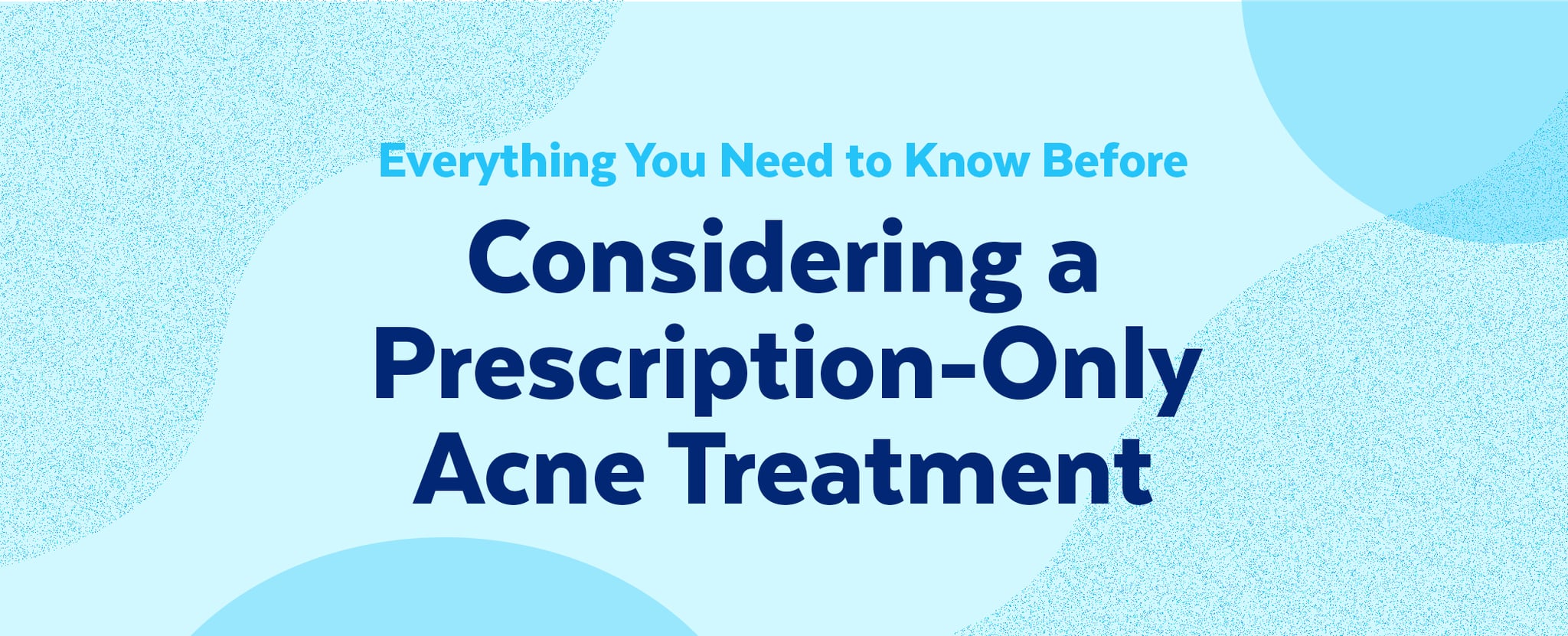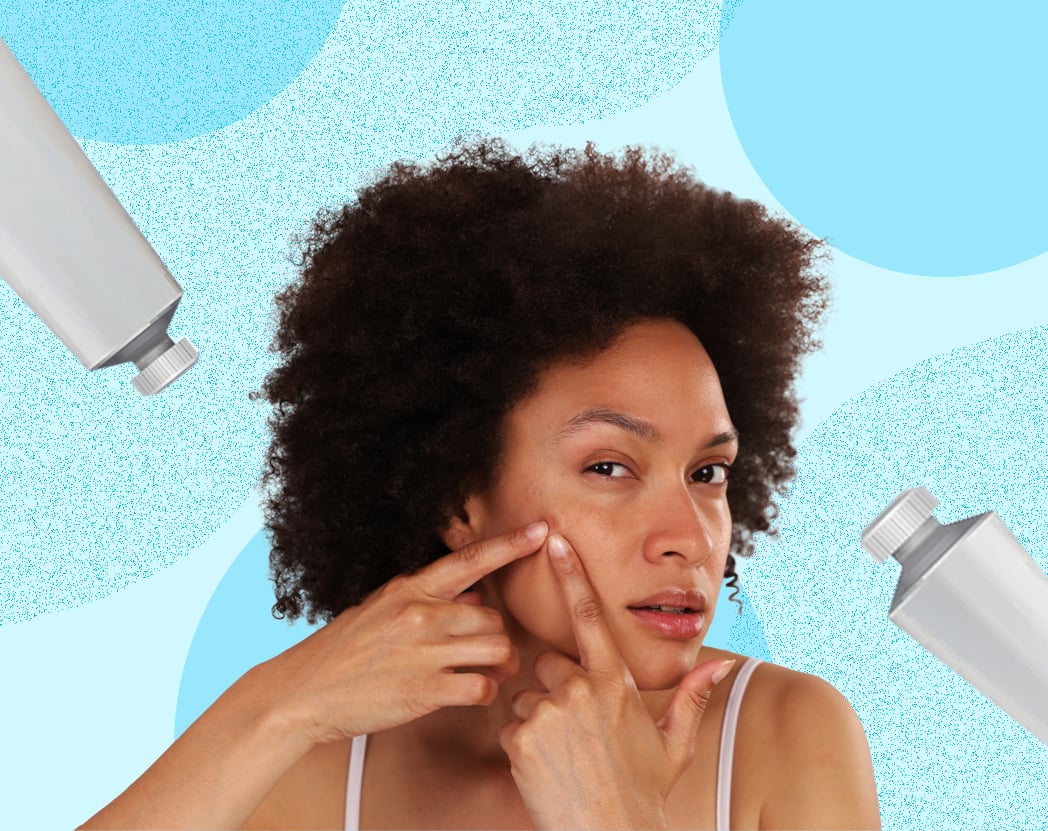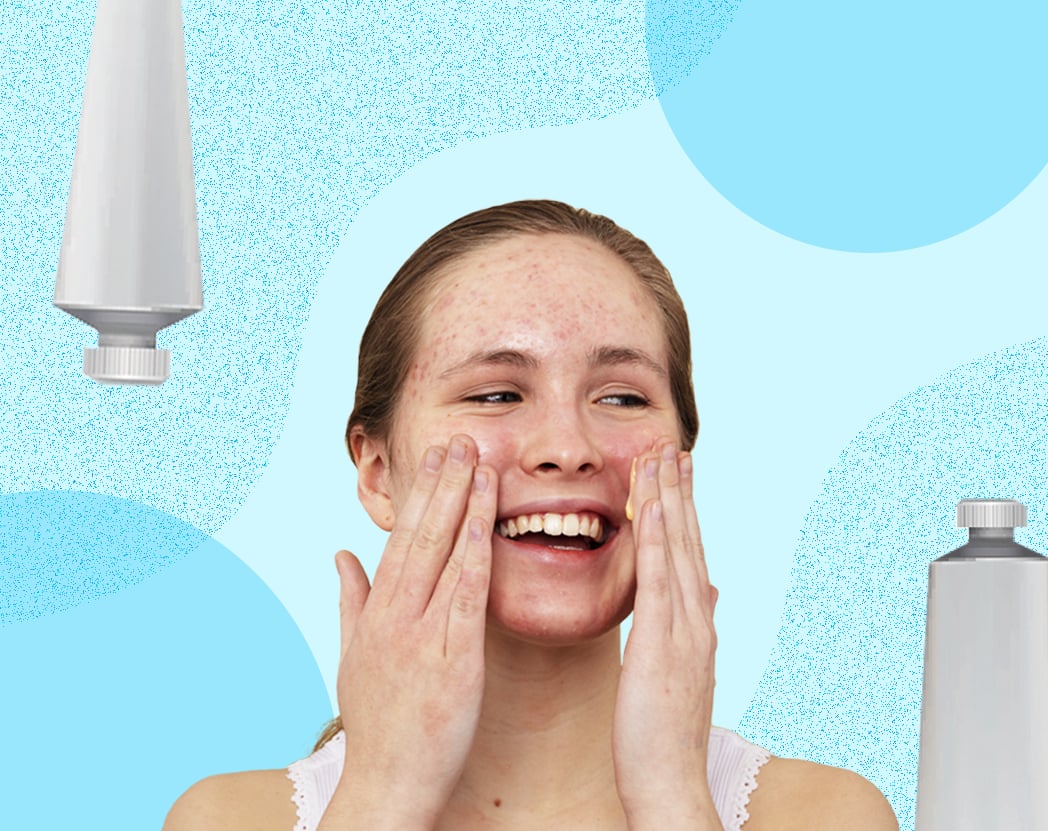
Boots Acne Clinic Prescription Products For Skin
Everything You Need to Know Before Trying a Prescription-Only Acne Treatment

With adult acne on the rise, it's no surprise that many people are reaching their breaking point with their existing routines. When your favourite skin-care products seem to stop working and spots appear more frequently, you might benefit from considering a prescription treatment.
Managing mild or moderate acne can be a mystifying experience, especially if you're not quite sure how to prevent or treat persistent spots that suddenly seem immune to the products you've relied on for years. While topical prescription products don't guarantee results for everyone, they're a legitimate next step to consider for someone looking to level up their routine and get serious about acne-fighting ingredients.
Before you fully commit to a prescription treatment, you probably have a lot of questions you want to ask, like which ingredients your skin could most benefit from and why right now may be the perfect time to talk to a healthcare professional who may recommend a prescription treatment. Luckily, we have the answers ahead.

Your acne may be considered mild if you regularly struggle with small areas of whiteheads, blackheads, and perhaps a few pustules (tiny bumps filled with pus to form a yellow or white center) on your skin. But if you see larger areas of these concerns, plus many pustules and papules (round red bumps, which are typically more inflamed before turning into a pustule), your acne is more likely to be considered moderate. Your skin can also fall somewhere between these two severities, depending on factors such as how often and how long these bumps take up residence on your skin, as well as whether or not these areas feature increased inflammation.

If you're struggling with an increase in inflammation and bumps or, more severely, your acne is painful to the touch, it may be time to enlist the help of your GP, who can advise on your routine and suitable prescription-only treatments. The perspective of a healthcare professional is especially helpful for anyone who has tried several treatment options from the pharmacy that haven't worked for them and who has exhausted every other self-care option.
While some people consult a healthcare professional about a prescription treatment in person, others may benefit from doing so virtually. Considering how emotionally devastating acne can be, the option of getting assistance without leaving the comfort of your home may be something to consider. For example, the Boots Acne Online Clinic allows those with mild to moderate acne the freedom to access a suitable treatment online. All you have to do is take a brief questionnaire answering questions about your acne to explore the possibility of a range of four prescription-only treatment options without having to leave your home. Of course, by taking the questionnaire, you are not immediately guaranteed a prescription treatment; this is subject to clinician approval and will only be filled if a Boots clinician agrees that one of the four treatments is right for your skin concerns. (Charges apply.)


Both OTC (over-the-counter) acne products and prescription medicines have one thing in common: their goal is to get to the root of the problem. However, OTC products don't require a prescription and can be bought straight from the pharmacy. Ask your pharmacist for advice about these and also other products like cleansers, toners and moisturisers that won’t aggravate your skin.
Prescription acne treatments, like the four offered by the Boots Acne Online Clinic, often contain active ingredients which may include an antibiotic, which require a prescription from a dermatologist or other prescribing clinician.
Similarly, OTC and prescription products do take time to work. A general rule of thumb is to give OTC acne products at least 30 days to create visible results, while a suitable prescription-only treatment from the Boots Acne Online Clinic may take up to 12 weeks. Unless you experience serious irritation or sensitivity to a product, it's best to be as consistent as possible with whatever you're incorporating into your routine.

There are lots of ingredients out there you've likely heard of in different acne circles, but four of the most commonly used are adapalene, benzoyl peroxide, azelaic acid, and clindamycin.
Adapalene is a topical retinoid that helps address and reduce inflammation. Benzoyl peroxide may be one of the most commonly known acne ingredients out there because it's found in both OTC products and prescription treatments for its antiseptic and anti-inflammatory properties.

Azelaic acid is a dicarboxylic acid that's a byproduct of yeast. It's known for having anti-inflammatory effects on the skin to reduce swelling and redness caused by acne. Last but not least: clindamycin. This antibiotic kills the bacteria trapped inside your pores, which can be particularly helpful for anyone dealing with inflammatory acne.

While each topical treatment varies, with consistent use, you should see results in up to 12 weeks. The treatment results may vary in how often it should be applied to the skin (some only require a once-daily application, while others are used in the morning and evening).
Common side effects of an acne prescription may include irritation and dryness. If you notice severe irritation or an allergic reaction from the active ingredients, contact your GP immediately, so they can consider other treatment options that may be more suitable.

Just because you’re now on a prescription treatment doesn't mean your skin self-care can take a backseat. Some important habits to remember include frequently changing your pillowcases to avoid clogging your pores (the fabric holds a scary amount of dead skin cells), avoiding touching your face, and cleansing skin day and night with a gentle formula.